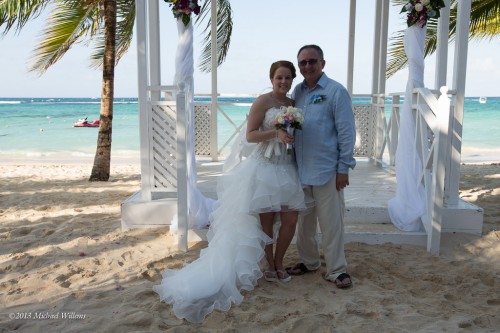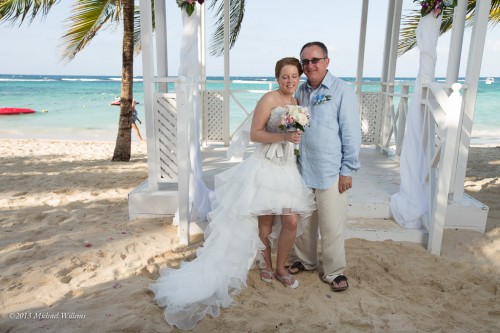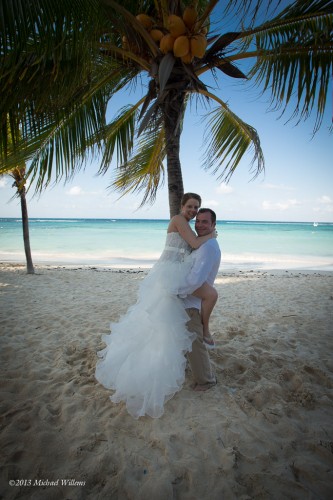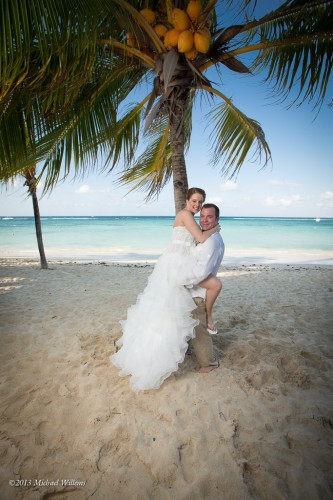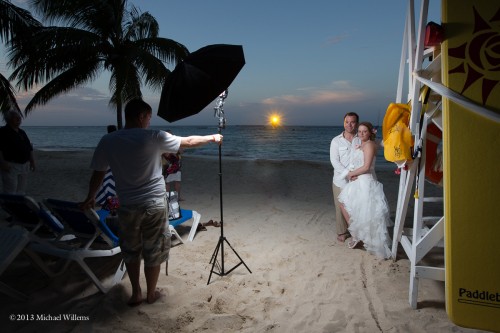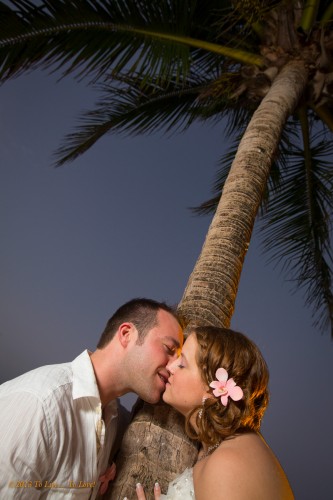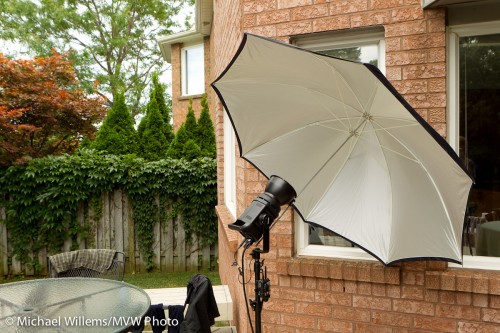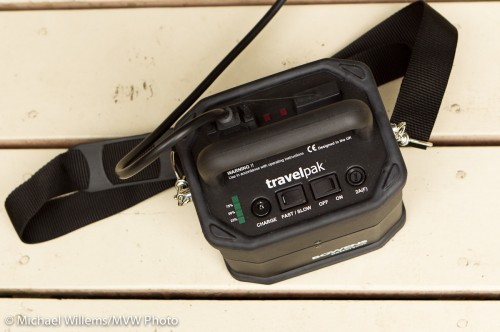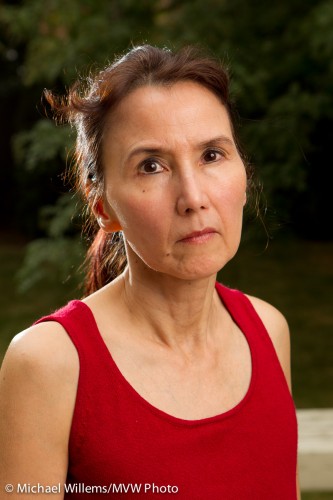…is an umbrella, and an off-camera flash in that umbrella, as I said the other day. Some of you have asked “why” – so here’s why.
Bride and dad, with no flash:
Same, but with flash in an umbrella:
As you see, the first example is terrible. Now, I could have increased exposure (higher ISO, slower shutter or lower “f-number”), but that would have also lost the background: it would have become all white.
Two more examples:
Both cases show why you need flash, no? Without my flashes, I would have done little of value in Jamaica.
And on-camera flash would have looked flat und uninteresting.
Here’s a typical setup – and the yellow flash and ghost hand (if you look carefully) belong to a person I have removed here for clarity 🙂
- Camera, of course
- Wide angle lens.
- Two pocketwizards.
- PW to flash cable from flashzebra.com.
- Flash, with spare batteries.
- Lightstand.
- Bracket for mounting umbrella and flash on lightstand.
- Optional: second flash with pocketwizard and cable, fitted with 1/4″ Honlphoto grid and Egg Yolk Yellow gel.
Easy once you have the knowledge… which brings me to my courses. Have a look at www.cameratraining.ca under “Schedule” and see what I can help you achieve – then sign up now.

